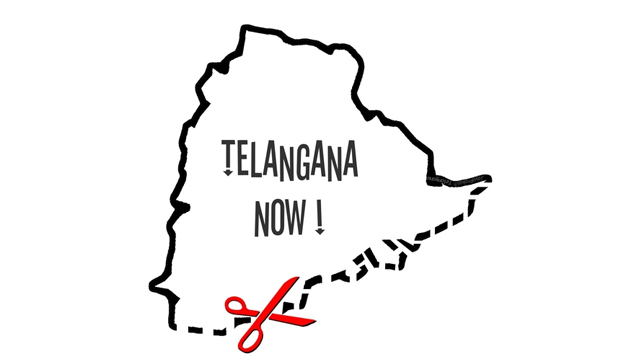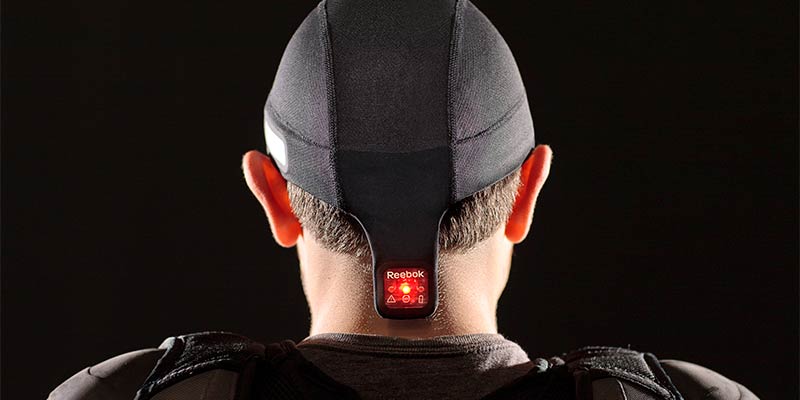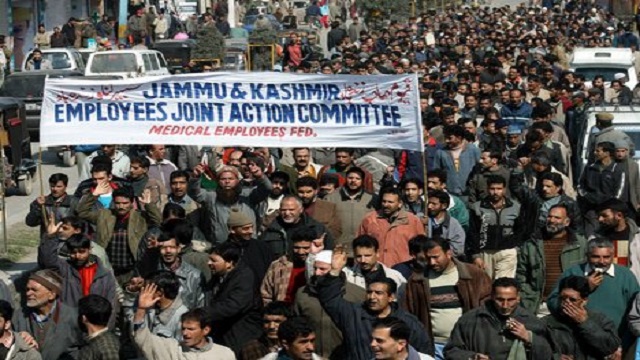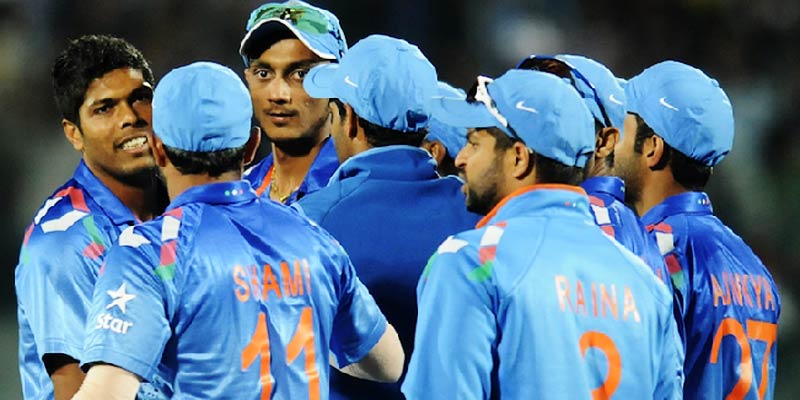We do need more states but there has to have some logic for their formation and they need the people’s support
After many years of struggle and trouble, Telangana has been passed. Many lives have been lost and property damaged because various governments and the federal government have had no distinct policies for forming new states. There has to be an improved way of delivering a state – not by hunger strikes, by pressure or by violence unleash by a ‘rent-a-crowd’ but by a rational, democratic way of meeting the will of the people. Not the will of an arrogant leader who wants to set up one more political empire – no one who links state with caste.
Praful Patel asked for a Second States Reorganisation Commission in the very last year of the UPA-2. BJP chief Rajnath Singh also wants the same. What was he doing when National Democratic Alliance was in power? If we need to escape Telangana-type fiascos in the future, we have to institutionalise the system, taking it away from the filthy hands of the political class.
Do we have too many states? Not by a long shot. The US, with around 315 million population, has 50 states; Germany, with a populace of just over 80 million – just 40 percent of Uttar Pradesh’s – has 16 federal subdivisions. So, we definitely do not have too many states.
But what ought to be the standard for creating new states? Language, the only criterion of States Reorganisation Commission-I, has now been roughly exhausted. By creating Telangana, we have knocked down an old custom – that is non-Hindi speaking states, there have to be only one state per language. Some say that the new states must be feasible but what is feasible? Is the UP of 200 million people and Rs. 2 lakh crore debt feasible? There is a logical amount of data to recommend that recently-formed small states are feasible, in contrast to the states from which they were carved out. It is not a matter only for size, though very small states could be unfeasible.
So, how do we certify that the course of forming new feasible states is democratic and does not tear the nation divided? I recommend a three-stage formula. In this formula, there are assorted number-based criteria. These numbers are not sacred. What we require is a discussion on the principles involved in the procedure.
Step I – A States Reorganisation Commission (SRC)
A States Reorganisation Commission must be instituted every 30 years. This SRC-II must list the probable new states on the basis of old linguistic standard or on the new regional standard or on some other defined principles. SRC-II must also take into account the principle of feasibility. The findings of SRC-II would classify the new states that can be formed over the next 30 years with their specified borders. This, though, does not mean that these states would be formed robotically – they would need to follow steps II and III.
Step I – The political procedure
Once an area is recognized as a possible new state, one would have to see whether there is genuine, accepted support for that state within that area/region.
This could be in one of two types. First, the demand could be proposed by a party that has gained at least 25 percent of the votes in the area/region in the previous assembly poll. Or, second, the demand will have to be supported by more than a third of the strength of the state’s assembly as well as by more than 50 percent of the legislators representing that region. Then, we would go to step III.
Stage III – The people’s decision
In India, we have a representative democracy. The notion of referendum is extraterrestrial to the Indian constitution. But since forming a new state is a crucial choice, we can have referendum to be sure that the people, not just the politician and family, of the region really want the new state.
The Election Commission would announce for a referendum in that region, not the whole state, within one year of the demand. The referendum would be a direct and simple choice between a yes and a no for the state defined by the SRC. In the referendum, at least two-thirds of the voters of the region would have to play a part and at least 50 percent of the total voters have to vote in support of the new state. That 50 percent of the total voters must back the new state in a firm standard but then it is a very imperative and irrevocable choice and at least half of the voters should be agreeable to back it.
If a referendum is won, the new state must be created. But if in case it is lost, then steps II and III can’t be called for at least five years.
We have to have more states but they necessitate having some sense to their formation and they must have public support. Or, we shall be at the pity of those who seek to aggrandise themselves and persuade fissiparous tendencies at the price of the nation. It is appropriate to remember what Jawaharlal Nehru said in the 1950s – “Who lives if India dies?”
Related links: Formation of Telangana, fight for Telangana, States Reorganisation Commission, Praful Patel, BJP chief Rajnath Singh, Telangana-type fiascos, politics behind Telangana, Uttar Pradesh, US, Germany, how Telangana is formed, National Democratic Alliance, UPA 2





